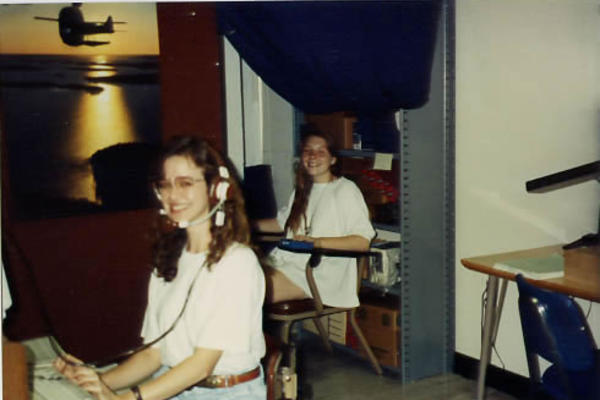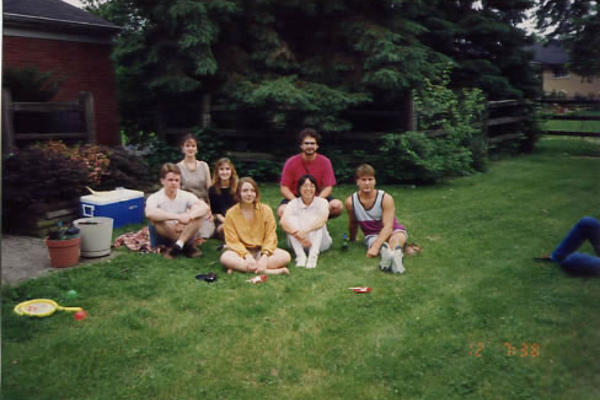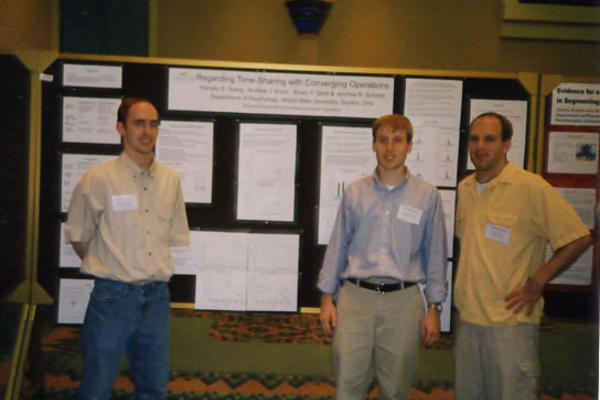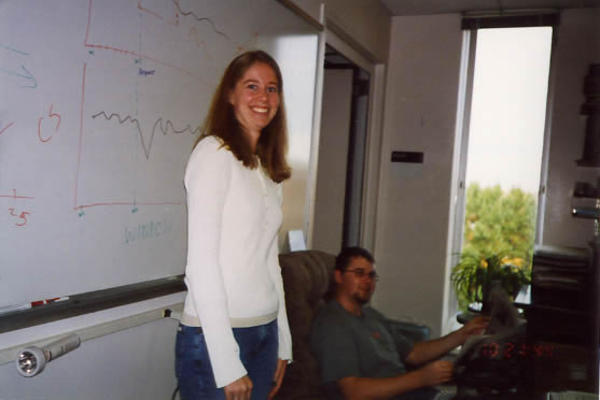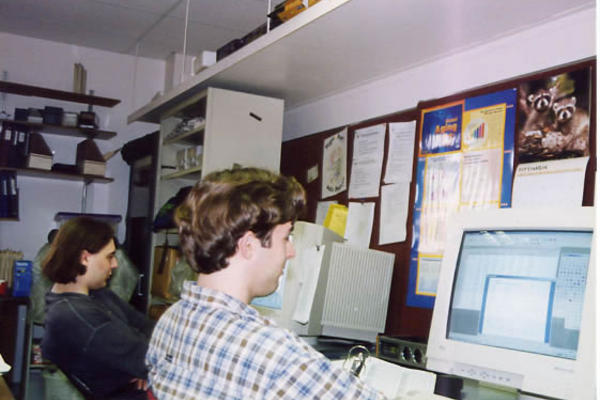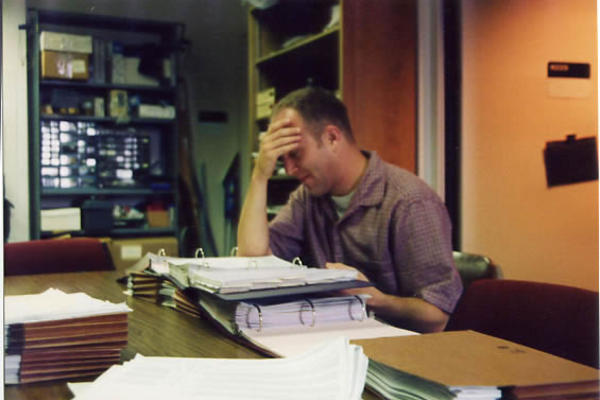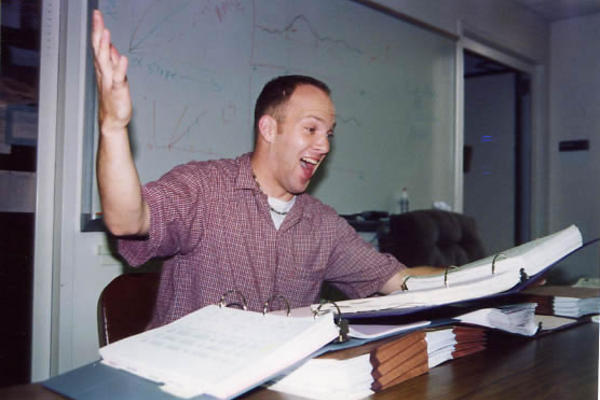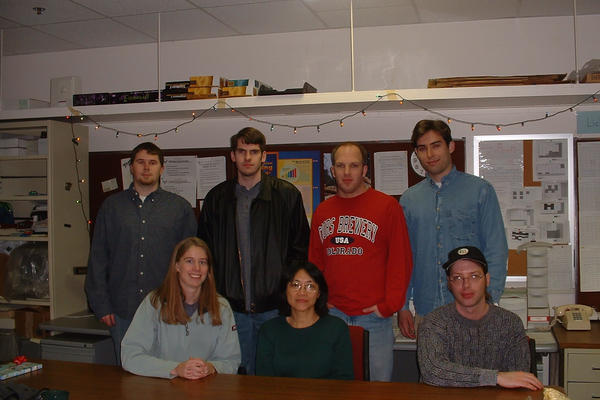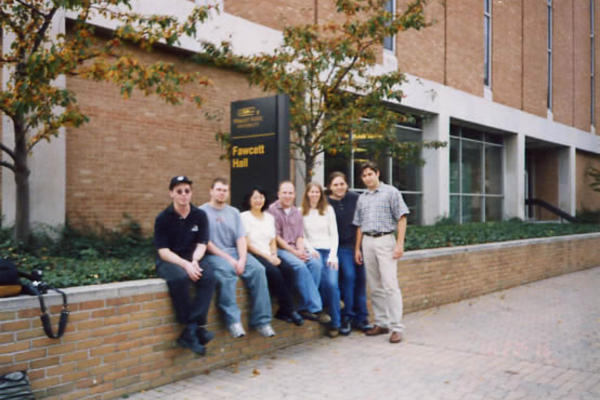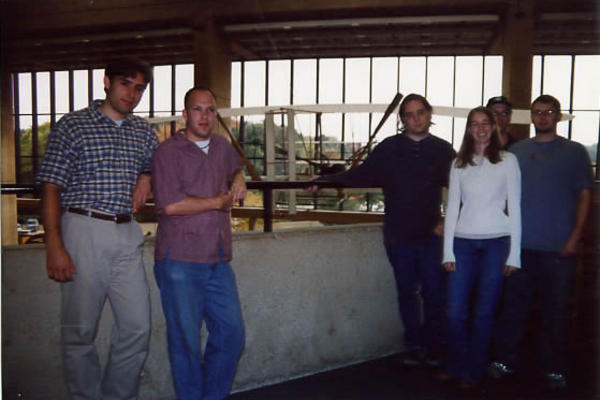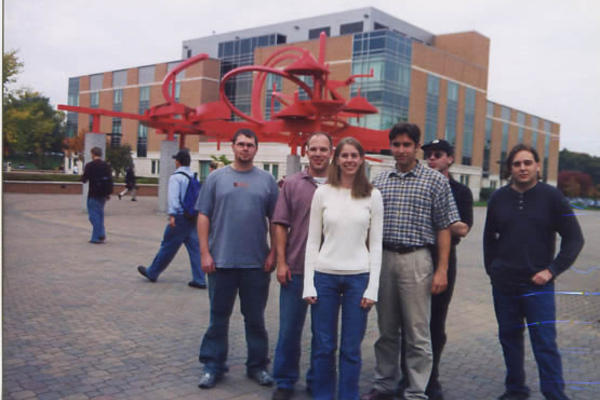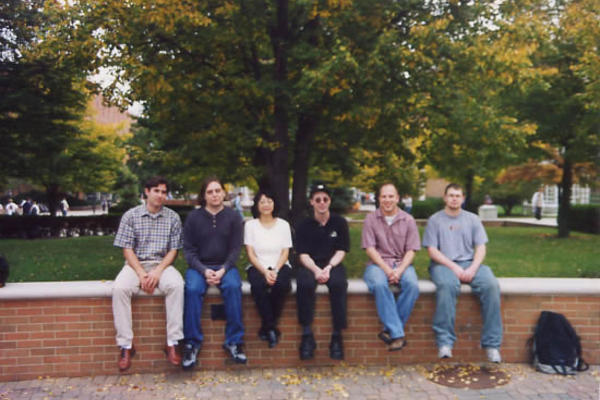
Pamela S. Tsang, Ph.D.
Pamela S. Tsang is Professor of Psychology at Wright State University in Dayton, Ohio. She received her A. B. from Mount Holyoke College and her Ph.D. from the University of Illinois at Urbana-Champaign. Previously, she was a National Research Council post doctoral fellow at NASA-Ames Research Center. Her research interests are attention and performance, extralaboratory-developed expertise, cognitive aging, and aviation psychology. She is interested in applications of her research in a wide variety of domains that include aviation, surface transportation, and medicine. Courses that she teaches currently include an undergraduate Cogntiive Psychology course and the graduate Engineering Psychology and Attention and Perforfmance courses. She has also taught undergraduate couses in Introduction to Psychology and Research Methods, and graduate courses in Cognition and Aviation Psychology.
Research Statement
The Engineering Psychology Laboratory uses a variety of dual-tasks under a variety of time-sharing conditions to discover the conditions under which multiple-task performance excel or suffer. Participants from a broad age range (20-79 years old) with varying degrees of experience in time-sharing are tested. A myriad of analysis techniques and an array of performance and subjective mental workload measures are used to better assess the nature of the limits of attention on performance and the generality of these limits.
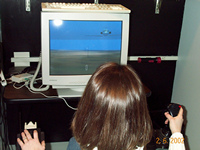
Dividing Attention in Time-Sharing
The understanding of our attentional mechanism has profound implications on activities that are as mundane as calling home while driving or as complex as landing a packed 747 in severe weather. The risk of motor vehicle collision has been found to be four times higher when using a cellular phone than when not, regardless of whether hand operations are involved. Ten hours of strategic training on managing multiple components of a complex video game has been found to lead to better military flight performance. How can this be? While the cellular phone example illustrates the limits of attention, the training example illustrates how the understanding of the workings of attention can be put to practical use.
The Basis of Time-Sharing Decrements
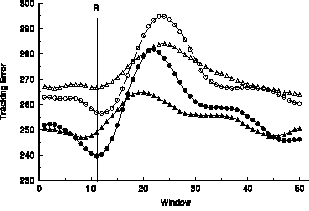
Figure 1. Each window is 100 ms of duration.
In Figure 1, a continuous tracking task is time-shared with either a spatial, visual-manual discrete task (circles) or a verbal, visual-speech discrete task (triangles). Tracking error increases momentarily when a discrete response is made to the concurrent task (vertical line). This is consistent with two highly-debated theoretical positions on the limits of attention. Bottleneck theory would propose that the error increase is due to an information processing bottleneck at which point, performance of one task must wait for the other to finish. Attentional resource theory would propose that the error increase is due to a division of attention, resulting in less attention available to each task, thereby degrading performance in both tasks.
A larger error increase is observed when the discrete response is made manually (circles) than when it is made by speech (triangles). The error increase is accompanied by a significant drop in the amount of tracking activity (control speed) when the discrete response is made manually but not when it is made by speech. This suggests a motoric interference between two manual responses but several dissociations between the tracking error and control speed implicate additional central interferences. For example, relative task priority is often used to induce attention allocation among concurrent activities. The figure above shows that tracking error peaks later when tracking is of high priority (solid symbols) than when it is of low priority (open symbols). Presumably, when tracking is of high priority, reaction time of the lower priority discrete task would be slower. Interference time-locked to the discrete response therefore would be delayed resulting in later error peaks. A pure motoric interference would predict the control speed troughs to be tied temporally to the error peaks; they do not.
Another notable dissociation between the tracking error and the control speed is that older participants (age 60 and above) have substantially lower control speed than younger participants. But, although older pilots (presumed to have expertise in time- sharing) have comparable control speed as older nonpilots, older pilots have substantially lower tracking error. These results suggest that expertise could avert certain age-related decrements but the expertise advantage is not motoric in nature.
Age, Attention, Expertise, and Time-Sharing
Time-sharing is ubiquitous in our daily activities: debugging a computer program while listening to music, playing the piano with each hand following different rhythms. How do older folks cope with these time-sharing demands? Is it safe for a pilot older than 60 years of age to carry passengers across the Atlantic?
Because time-sharing has been identified as a critical component of piloting, including pilots in the study provide a unique opportunity for examining the extent to which naturally developed expertise can moderate age-related decrements. Pilots (with a mean total flight hours of 5,547, solid symbols) and nonpilots (open symbols) between the ages of 20 and 80 time- shared several task pairs: two continuous tracking task (TRv- TRh), a tracking task with a discrete spatial task (PLl-TRh), and a tracking task with a discrete verbal task (SBs-TRh). The joint performances are cross-plotted as a function of the relative task priorities in the figure below.
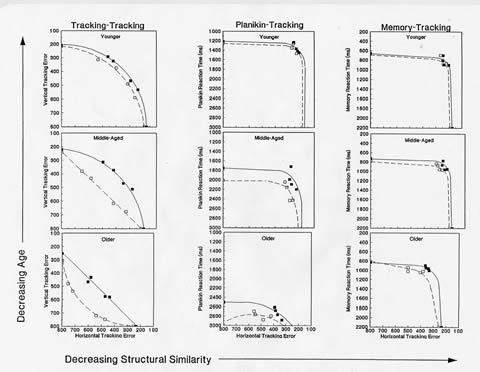
In the left panel, the generally smooth curves for TRv-TRh indicate considerable performance tradeoffs between the two tracking tasks. That is, as performance of one task improves with heightened priority, the other degrades. The curves move increasingly closer to the origin showing decreased time-sharing efficiency with increased age. Difference between pilots and nonpilots increases with increased age. In the middle panel, similar age and expertise effects are observed but to a lesser extent. In the right panel, both age and expertise effects are even less evident. Examining all three panels collectively, there are clear task effects. The task pair with the most similar time-sharing components--TRv-TRh--exhibits the most performance tradeoff whereas and the least similar SBs-TRh exhibits the least. There are marked age effects on time-sharing efficiency especially with TRv-TRh. The expertise effect is small or nonexistent for the young group, but grow with increased age and with increased similarity of the component tasks.
Age, expertise, and similarity of the time-shared tasks therefore are found to interactively affect time-sharing performance. Age-related deficits in time-sharing is evident under conditions of intense attentional demands and when precise control is required. However, extensive experience appears to be able to moderate the age-related deficits. Further, practicing time-sharing under various priority conditions has been found to greatly reduce age-related dual-task decrements.
Publications
Vidulich, M.A., Tsang, P. S., & Flach, J. M. (Eds.) (2017). Advances in aviation psychology: Volume 2. New York: Routledge.
Wickens, C. D., & Tsang, P. S. (2015). Workload. In D. A. Boehm-Davis, F. T. Durso, & J. D. Lee (Eds.), Handbook of human-systems integration (pp. 277-292). Washington, DC: APA.
Vidulich, M. S., & Tsang, P. S. (2015). The confluence of situation awareness and mental workload for adaptable human-machine systems. Journal of Cognitive Engineering and Decision Making, 9, 95-97.
Vidulich, M.A., Tsang, P. S., & Flach, J. M. (2014). Aviation Psychology: Optimizing human and system performance. In M. A. Vidulich, P. S. Tsang, & J. M. Flach (Eds.), Advances in Aviation Psychology Voumne 1 (pp. 3-15). Burlington, VT: Ashgate.
Tsang, P. S. (2013). Aging and attentional control. Quarterly Journal of Experimental Psychology, 66, 1517-1547.
Vidulich, M. A., & Tsang, P. S. (2012). Mental workload and situation awareness. In G. Salvendy (Ed.), Handbook of human factors and ergonomics (4th. ed, chap. 8). Hoboken, NJ: Wiley.
Tsang, P. S. (2009). Age and performance measures of knowledge-based work: A cognitive perspective. In S. J. Czaja & J. Sharit (Eds.), Aging and work: Issues and implications in a changing landscape (pp. 279-304). Baltimore, MD: John Hopkins University Press.
Tsang, P. S. (2007). The dynamics of attention and aging in aviation. A. F. Kramer, A. Kirlik, & C. Weigman (Eds.), Applied attention: From theory to practice (pp. 170-184). New York: Oxford University Press.
Tsang, P. S. (2006). Regarding time-sharing with convergent operations. Acta Psychologica, 121, 137-175.
Tsang, P. S. (2003). Assessing cognitive aging in piloting. In P. S. Tsang & M. A. Vidulich (Eds.), Principles and practice of aviation psychology (pp. 507-546). Mahwah, NJ: Erlbaum.
Tsang, P. S., & Vidulich, M. A. (Eds.) (2003). Principles and practice of aviation psychology. Mahwah, NJ: Erlbaum.
Tsang, P. S., & Shaner, T. L. (1998). Age, attention, expertise, and time-sharing performance. Psychology and Aging, 13, 323-347.
Tsang, P. S. (1997). A microanalysis of age and pilot time-sharing performance. In D. Harris (Ed.), Engineering Psychology and Cognitive Ergonomics Volume One: Transportation Systems (pp. 245-251). Brookfield, VT: Ashgate.
Tsang, P. S., & Velazquez, V. L. (1996). Diagnosticity and multidimensional subjective workload ratings. Ergonomics, 39, 358-381.
Tsang, P. S., Velazquez, V. L., & Vidulich, M. A. (1996). The viability of resource theories in explaining time-sharing performance. Acta Psychologica, 91, 175-206.
Tsang, P. S., Shaner, T. L., & Vidulich, M. A. (1995). Resource scarcity and outcome conflict in time-sharing performance. Perception & Psychophysics, 36, 365-378.
